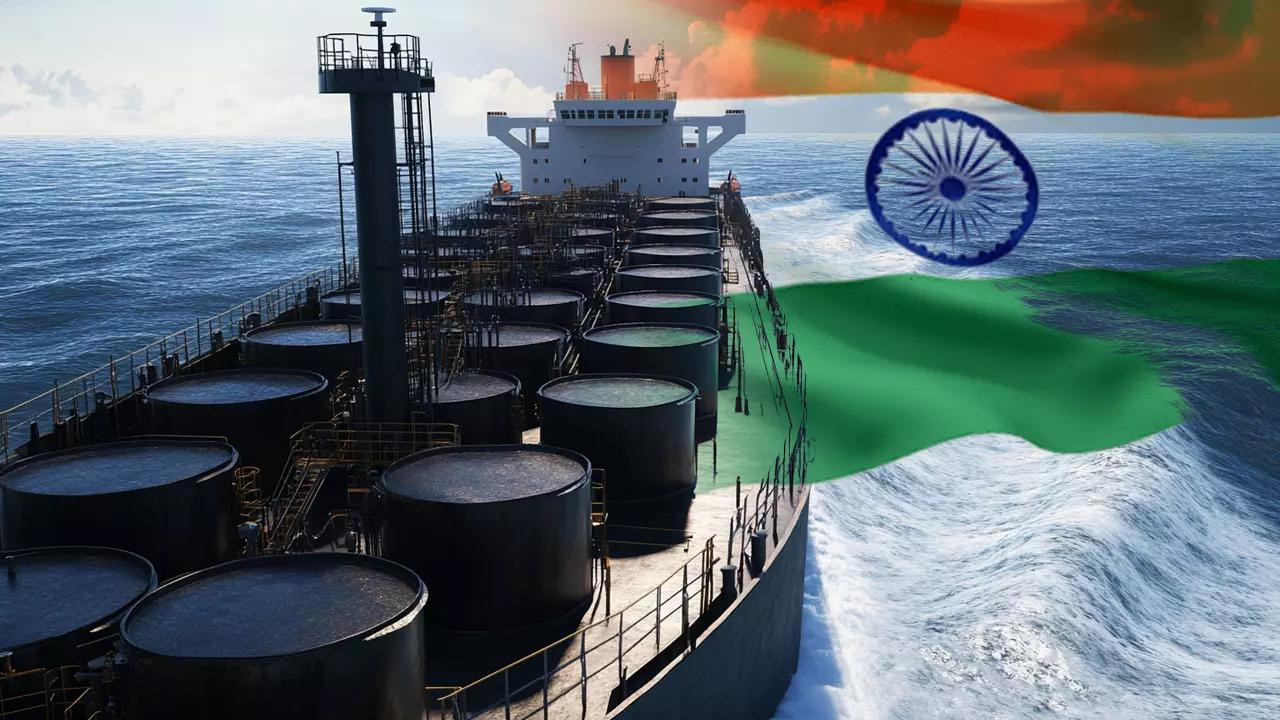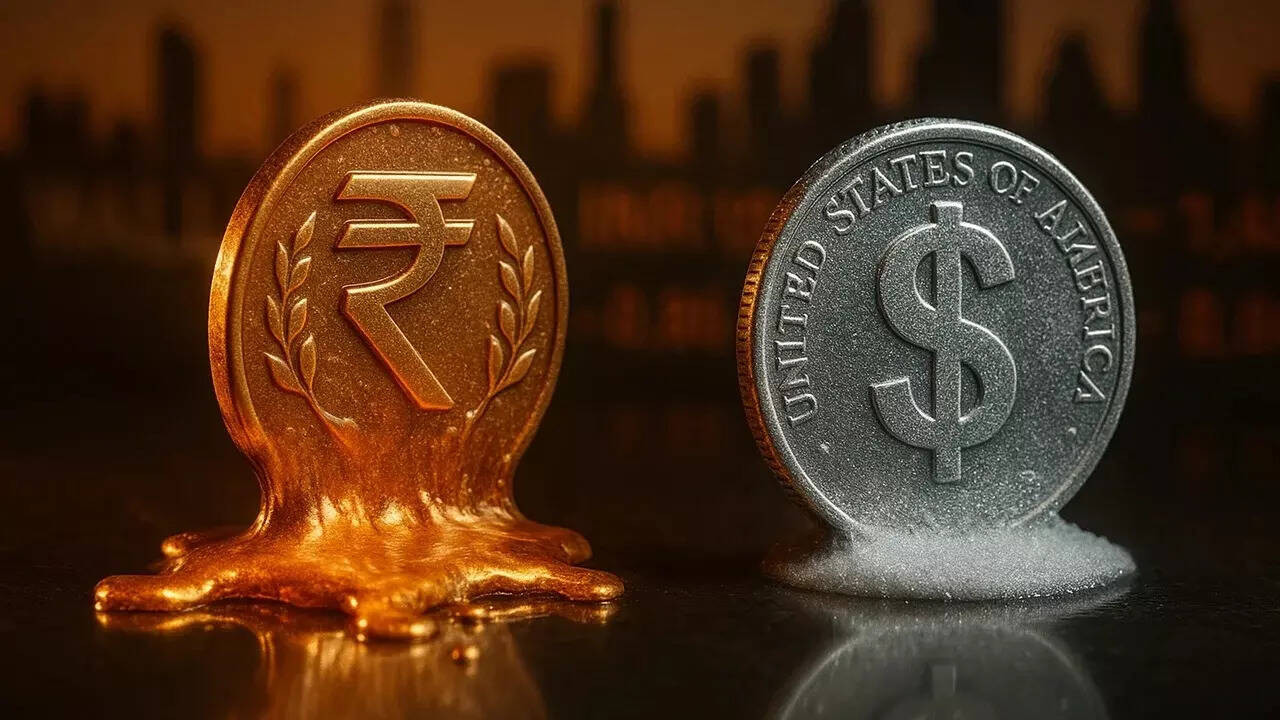India’s oil demand is projected to surge by a million barrels per day over the next five years, becoming the primary driver of global demand growth, fueled by a rapidly expanding middle class, urbanization, and industrialization. This increase in consumption will heighten India’s reliance on imports, posing challenges to its energy security amidst global market volatility.
India’s Oil Appetite: A Growing Thirst We Can’t Ignore
Okay, let’s talk oil. Forget the dry economics textbooks and imagine a world powered by a substance we often take for granted. Oil. The black gold that fuels our cars, heats our homes, and underpins much of modern life. And India? Well, India’s developing quite the thirst for it.
The International Energy Agency (IEA) recently dropped a report that’s making waves, predicting India will lead the global surge in oil demand through 2030. Forget China, forget the US; it’s India stepping up to the plate, gulping down more and more of the world’s crude.
Now, before we picture India as some oil-guzzling monster, let’s unpack this a bit. This projected surge isn’t some random event. It’s a direct consequence of something we should arguably celebrate: rapid economic growth and a burgeoning middle class. More people are buying cars, appliances, and generally participating in an economy that’s steadily expanding. This increased activity quite naturally requires more energy.
Think about it: every new car sold needs fuel, every new factory built requires power, and every new household consumer relies on energy to cook meals and keep the lights on. Oil, despite the growing push for renewable alternatives, remains a dominant player in meeting those needs, especially in transportation.
The report highlights that India’s demand is expected to account for more than a quarter of the total increase in global oil consumption between now and 2030. That’s a significant chunk. It’s like being the loudest diner at the global energy buffet, and everyone’s starting to notice.
Now, here’s where it gets a little more complicated. While economic growth is something to be celebrated, this reliance on oil raises some serious questions. Firstly, there’s the environmental angle. We can’t ignore the elephant in the room – or rather, the carbon emissions in the atmosphere. Burning more oil contributes to climate change, and the world is already struggling to rein in its carbon footprint. India, with its vast coastline and vulnerable populations, stands to be significantly impacted by the effects of a changing climate.
Secondly, there’s the issue of energy security. India is heavily reliant on imports to meet its oil needs. This dependence makes it vulnerable to price fluctuations and geopolitical instability. Imagine a sudden surge in global oil prices – that could cripple India’s economic growth and put a strain on its finances. It’s akin to being utterly dependent on a single supplier for a crucial resource; a risky position to be in.
So, what’s the solution? Simply telling India to pump the brakes on its economic growth isn’t realistic, or frankly, fair. Instead, the key lies in diversification and acceleration. Diversification of energy sources, and accelerating the transition to cleaner, more sustainable alternatives.
We’re talking about investing heavily in renewable energy sources like solar and wind power. India has the potential to be a global leader in renewable energy. With its abundant sunshine and vast land resources, the country could become a powerhouse of clean energy. This requires significant investment in infrastructure, research, and development.
Beyond renewables, we need to consider promoting alternative fuels like biofuels and hydrogen. These could provide a viable alternative to traditional gasoline and diesel, especially in the transportation sector. Electric vehicles are also gaining traction, and with the right policies and infrastructure, India could see a significant shift towards electric mobility.
Of course, transitioning to a cleaner energy future is a marathon, not a sprint. It requires sustained effort, strategic planning, and a willingness to embrace new technologies. But the potential rewards are immense: a more sustainable environment, greater energy security, and a stronger, more resilient economy.
Ultimately, India’s growing oil appetite is a challenge, but also an opportunity. It’s a call to action to embrace innovation, invest in clean energy, and chart a course towards a more sustainable future. The world is watching, and India has the potential to show everyone how to fuel growth without sacrificing the planet. It’s a high-stakes game, but one that India needs to play – and win.







